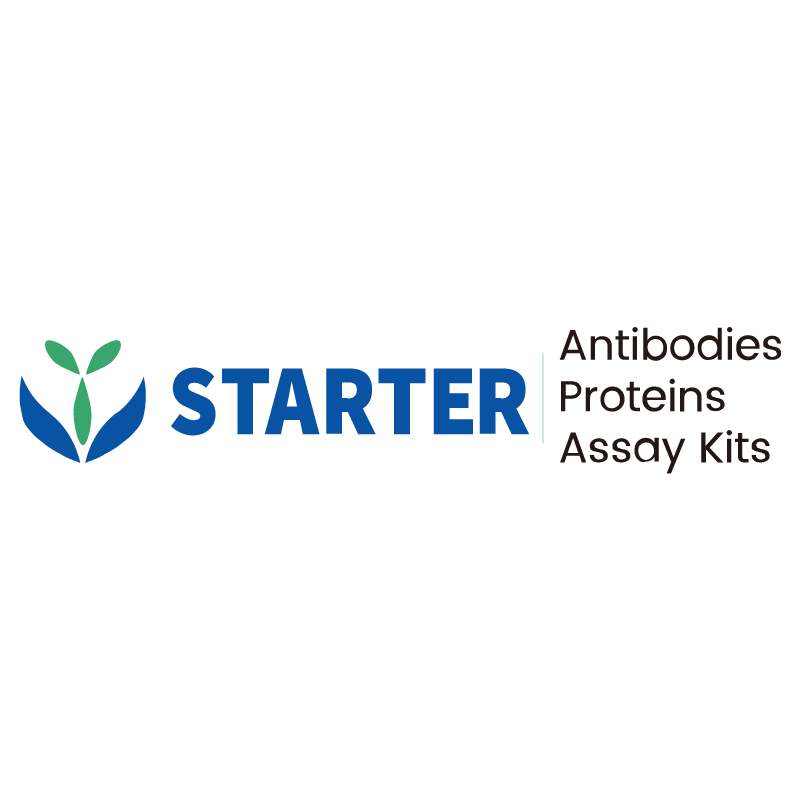WB result of Apolipoprotein E/APOE Rabbit mAb
Primary antibody: Apolipoprotein E/APOE Rabbit mAb at 1/1000 dilution
Lane 1: HepG2 whole cell lysate 20 µg
Lane 2: human plasma lysate 5 µg
Lane 3: human serum lysate 5 µg
Secondary antibody: Goat Anti-rabbit IgG, (H+L), HRP conjugated at 1/10000 dilution
Predicted MW: 36 kDa
Observed MW: 35 kDa
Product Details
Product Details
Product Specification
| Host | Rabbit |
| Synonyms | Apo-E |
| Immunogen | Synthetic Peptide |
| Location | Secreted |
| Accession | P02649 |
| Clone Number | S-970-75 |
| Antibody Type | Recombinant mAb |
| Isotype | IgG |
| Application | WB, IHC-P |
| Reactivity | Hu |
| Predicted Reactivity | Pr, Or |
| Purification | Protein A |
| Concentration | 0.5 mg/ml |
| Conjugation | Unconjugated |
| Physical Appearance | Liquid |
| Storage Buffer | PBS, 40% Glycerol, 0.05% BSA, 0.03% Proclin 300 |
| Stability & Storage | 12 months from date of receipt / reconstitution, -20 °C as supplied |
Dilution
| application | dilution | species |
| WB | 1:1000 | |
| IHC-P | 1:500 |
Background
Apolipoprotein E (ApoE) is a polymorphic protein that plays a vital role in the metabolism and transport of lipids in the body. Specifically, ApoE is a major component of plasma lipoproteins, including chylomicrons (CM), very low-density lipoproteins (VLDL), intermediate-density lipoproteins (IDL), and some high-density lipoproteins (HDL). ApoE is primarily synthesized in the liver, but it is also produced in other tissues such as the brain, kidneys, bones, adrenal glands, and macrophages. It participates in the transport, storage, and excretion of lipids, including cholesterol and triglycerides. It also serves as a ligand for low-density lipoprotein (LDL) receptors and chylomicron remnant receptors on hepatocytes, facilitating the clearance of these lipoproteins from the circulation. This process plays a crucial role in maintaining lipid homeostasis. Furthermore, ApoE has been implicated in various other biological processes, including neuroprotection, immune regulation, and tissue repair. Recent studies have suggested that ApoE may play a role in the development of neurological disorders such as Alzheimer's disease.
Picture
Picture
Western Blot
Immunohistochemistry
IHC shows positive staining in paraffin-embedded human tonsil. Anti- Apolipoprotein E/APOE antibody was used at 1/500 dilution, followed by a HRP Polymer for Mouse & Rabbit IgG (ready to use). Counterstained with hematoxylin. Heat mediated antigen retrieval with Tris/EDTA buffer pH9.0 was performed before commencing with IHC staining protocol.
IHC shows positive staining in paraffin-embedded human spleen. Anti- Apolipoprotein E/APOE antibody was used at 1/500 dilution, followed by a HRP Polymer for Mouse & Rabbit IgG (ready to use). Counterstained with hematoxylin. Heat mediated antigen retrieval with Tris/EDTA buffer pH9.0 was performed before commencing with IHC staining protocol.
IHC shows positive staining in paraffin-embedded human liver. Anti- Apolipoprotein E/APOE antibody was used at 1/500 dilution, followed by a HRP Polymer for Mouse & Rabbit IgG (ready to use). Counterstained with hematoxylin. Heat mediated antigen retrieval with Tris/EDTA buffer pH9.0 was performed before commencing with IHC staining protocol.
IHC shows positive staining in paraffin-embedded human testis. Anti- Apolipoprotein E/APOE antibody was used at 1/500 dilution, followed by a HRP Polymer for Mouse & Rabbit IgG (ready to use). Counterstained with hematoxylin. Heat mediated antigen retrieval with Tris/EDTA buffer pH9.0 was performed before commencing with IHC staining protocol.


